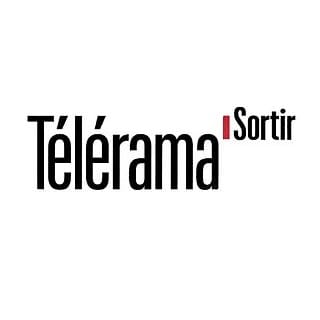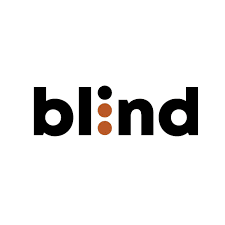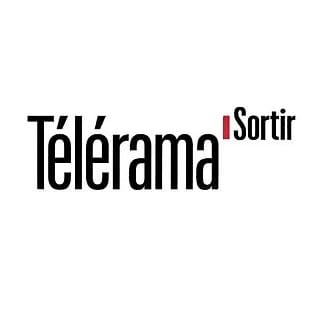Thomas Boivin, Fragments
Les Douches la Galerie is pleased to present its first exhibition of Thomas Boivin, from May 11 to July 23, 2022. Bringing together about twenty photographs, Fragments recounts his explorations of the familiar streets of northeastern Paris and reveals his ability to suspend in light the scenes of the everyday.
-

Les petits riens de Thomas Boivin
Télérama Sortir, 29 June 2022 This link opens in a new tab. -

Thomas Boivin, à main levée
Brigitte Ollier, Blind Magazine, 16 June 2022 -

Thomas Boivin - Fragments
Télérama Sortir, 10 June 2022 This link opens in a new tab. -

Les natures mortes de Thomas Boivin
The Art Newspaper, 4 June 2022 This link opens in a new tab.
Easterly
A hollowed-out melon, a shadow drawn to the terrace of a café, the remains of a breakfast. Thomas Boivin’s still-lifes do not mean much, hardly anything at all really. They are ordinary, their subjects are often the same, enshrouded by the same light whose comparability alone acts as a cue. In his rather more grey than black and white pictures, shadows are so important that it is difficult to say which of the two sources orders the visible world, isolating details here and there that brusquely become more significant than their likenesses. The chosen ones do not boast, conscious of being distinguished only through the grace of the dawn’s light. There are different objects, momentarily out of order, some taken in a bedroom, a room of its own, populating interior scenes, or scenes just a step outside - shop windows, the sidewalk, intermediate spaces that are still almost domestic - where peace reigns in equality. These are scenes of the human species, which has evidently just left the area. Its repeated absence is fortunate, it is a chance to consider more closely things that, in other circumstances, would not have attracted our attention. Pitiful curtains hanging triumphantly, plates piled up, a water jug. These images, which preclude any action, whether leading up to them or following from them, required no extra effort, they are not trying hard to capture what their creator saw in front of him in that precise moment or had in his sights. He simply needed to walk back and forth across his stomping grounds in Paris, from Les Lilas to Jourdain, from Belleville to Ménilmontant, stopping here and there by a poor theatre, a street theatre, his one, beloved, horizon. Theatre in his case does not mean performance, nor scenery nor even acting, for pulsating life is a serious business. Rather it means the frame, the public and sometimes private space where Boivin follows his still path, inside, outside, in the light. He strives to take it as it is, as it comes, when he is on the way somewhere, slowly walking along the barren avenues that begin to feel like the seaside when the sun is out. There is joy in this precise jumble of twenty-odd pieces, fragments linked in the flow of the real, so familiar they are comforting. There is a soft calm as well. Their soothing virtue doubtless stems from how they came to be: for them, Boivin performs tai chi, dancing around things, taking care not to disturb a suspended sleep. He says he has an uncommon way of living - his home, his neighbourhood, this Mediterranean city that he constantly visits, slightly extending the zone of his familiarity each time. His working-class ties are not without a certain democratic ideal where nothing is mismatched and everything is important. For, in the end, his photography chimes the off-peak hours of a rematch, the rematch of a big bowl and a pair of chopsticks.
Virginie Huet
Art critic

